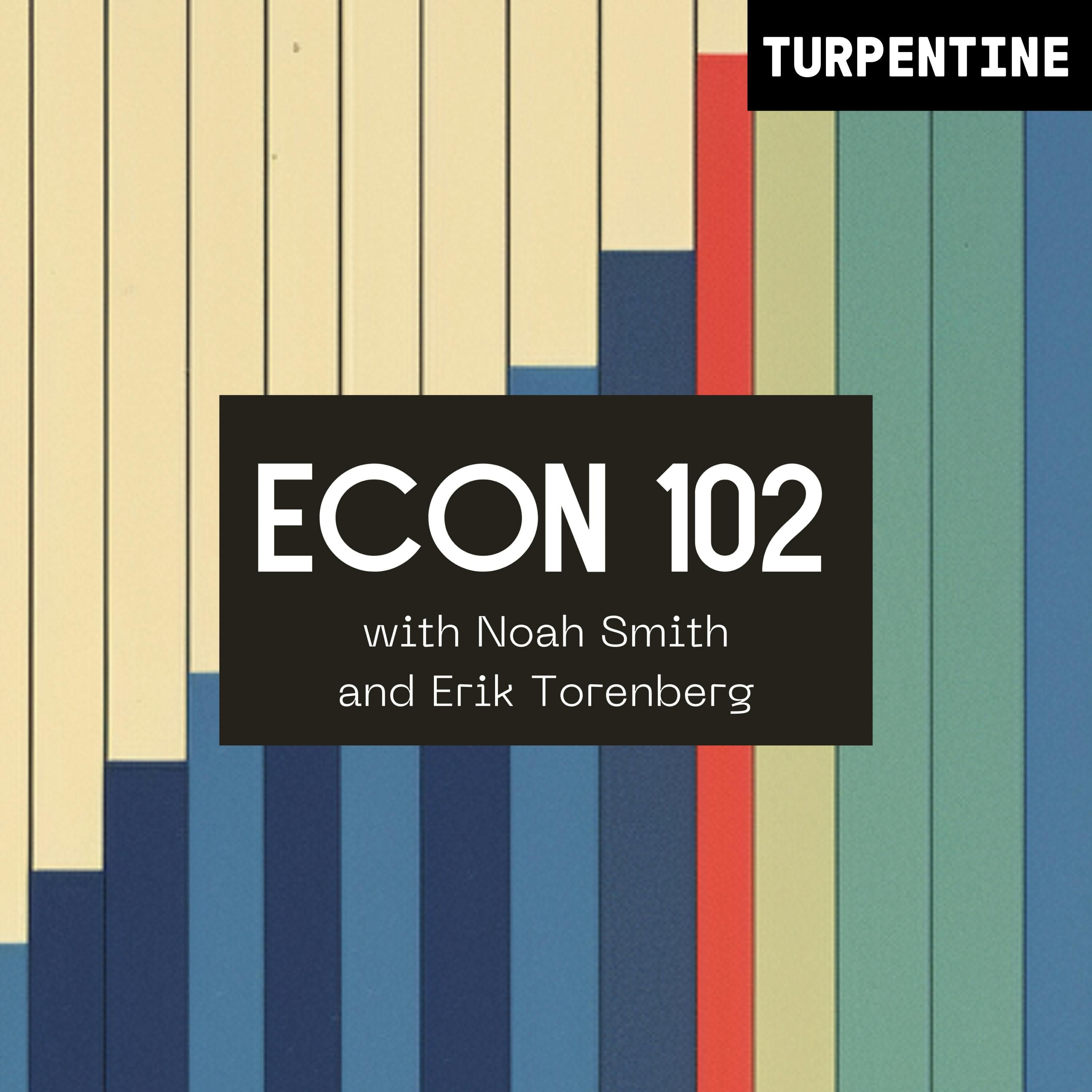PortalsOS
Related Posts
Vote to see vote counts
In the mid to late 20th century, many predominantly Catholic regions like Ireland and Quebec experienced rapid secularization, shifting from strong Catholic influence to more secular societies.

The Counter-Reformation, led by figures like Ignatius Loyola who founded the Jesuits, spurred a burst of creativity in Catholic Europe, influencing art and culture. However, this culture eventually fossilized, while Protestantism continued to innovate and embrace new ideas and technologies.
Protestantism has a natural evolutionary capacity because it's based on a personal relationship with God, allowing new sects to form easily. In contrast, Catholicism requires centralized approval from the papacy for shifts, which limits its flexibility.

Israel is the only Western society with above-replacement birth rates, driven by a national mission that influences even secular areas like Tel Aviv.
The irony of the Catholic Church's fear of Protestant volatility is that their rigid response may have inadvertently fostered atheism. Both Catholics and Protestants over-relied on religious rules to combat each other, leading to centuries of brutal wars, including the Thirty Years' War, which devastated central Europe.
If there was YouTube back in the 1800s, there'd be videos predicting demographic changes based on religious birth rates, highlighting the shifting dynamics between Protestant and Catholic populations.

The Catholic and Protestant churches were powerful in pre-modern Europe due to the weak state, providing social organization and fostering ideals of personal responsibility and individualism.

The decline in global fertility rates is attributed to technology, including smartphones, which have changed social interactions and desires for family life.

The U.S. has been below replacement level fertility since the early 1970s, with record low birth rates in recent years.

The Catholic Church's historical ban on cousin marriages led to societal traits like individualism and trust, contrasting with more collectivist societies where such marriages are common.